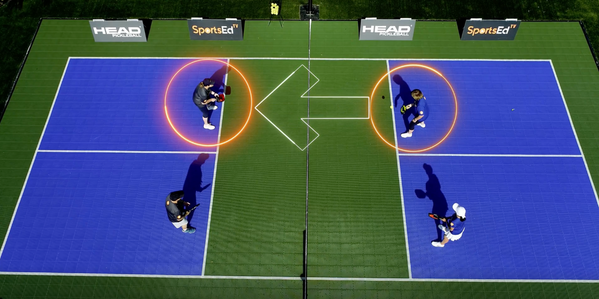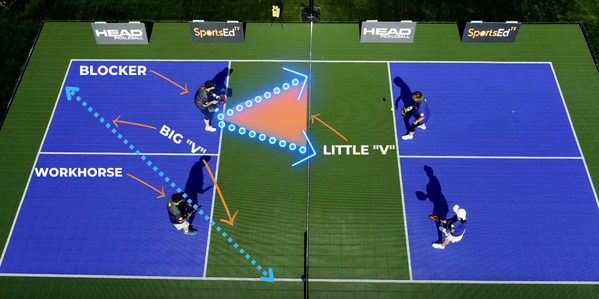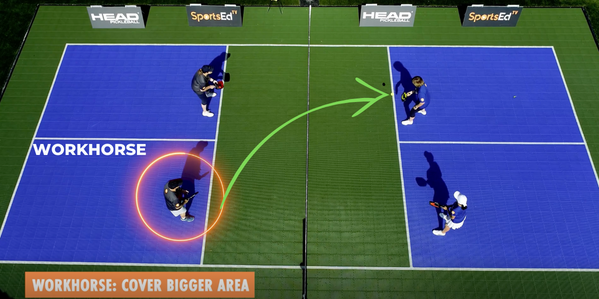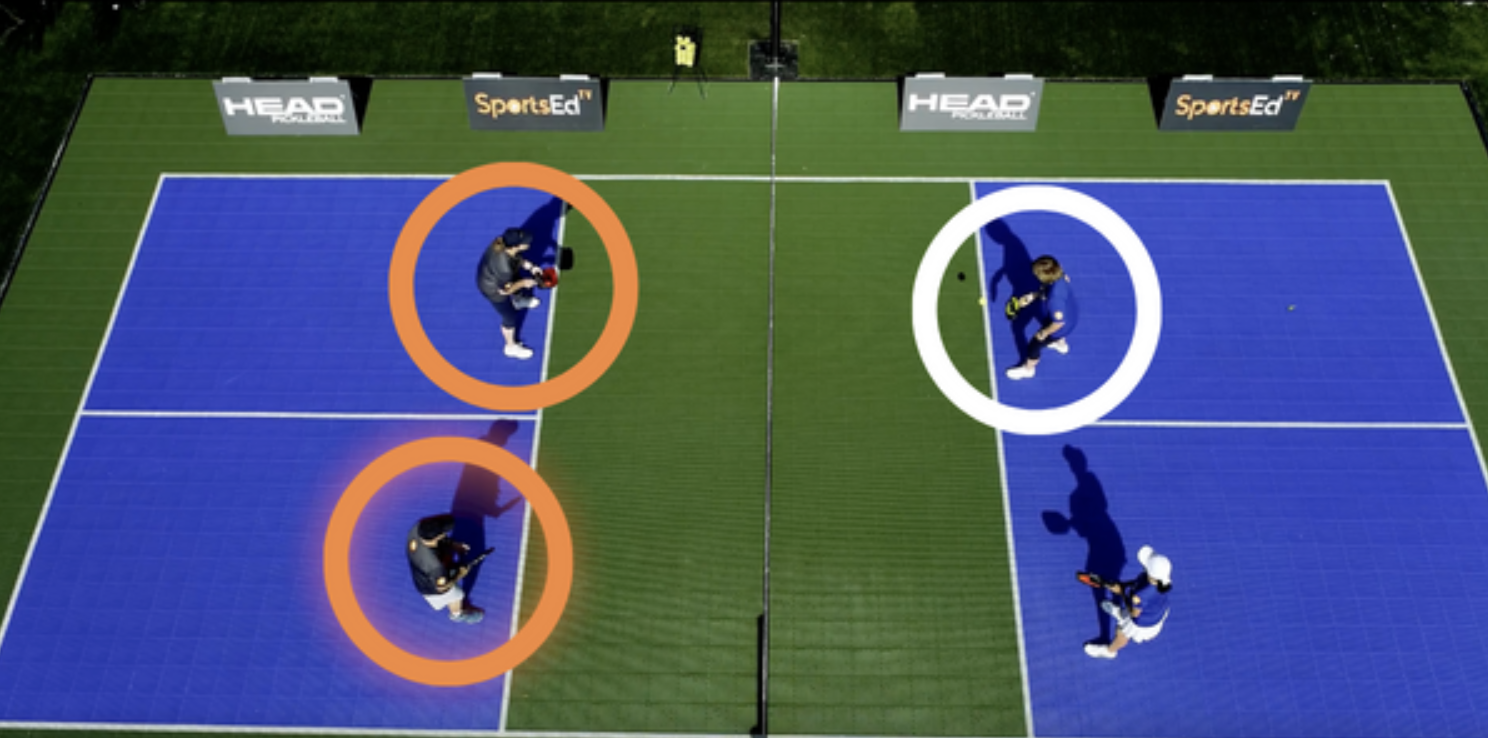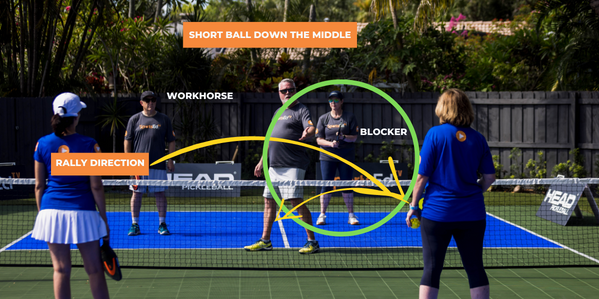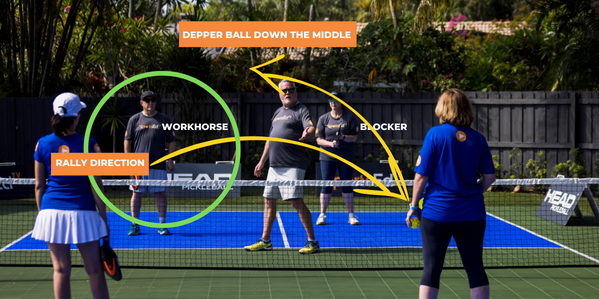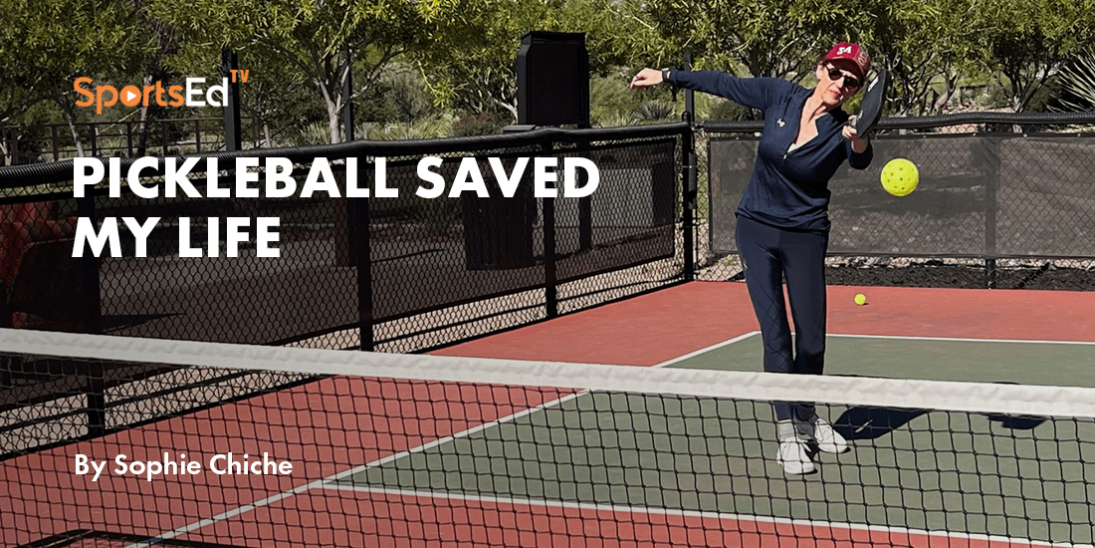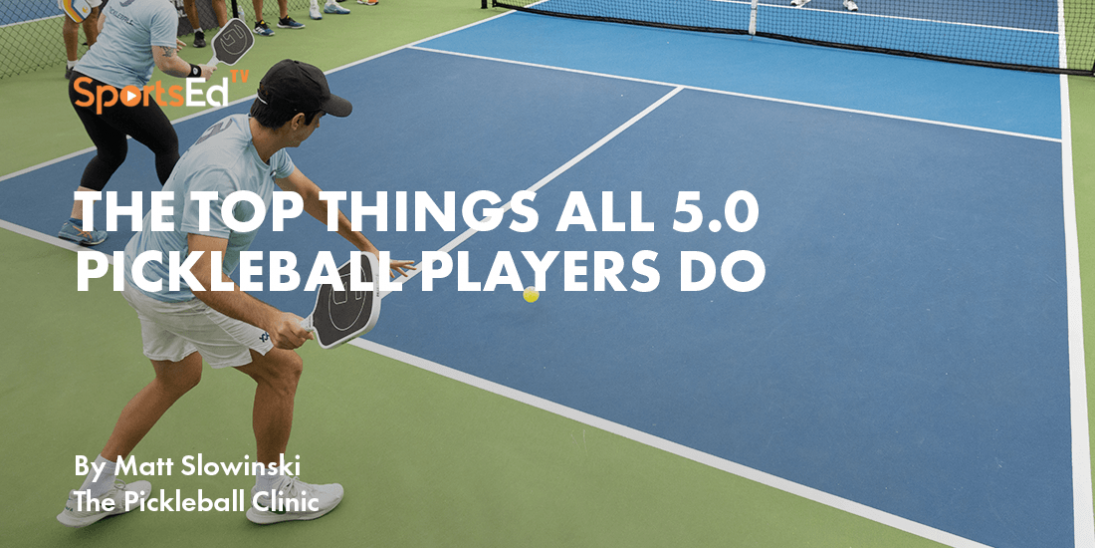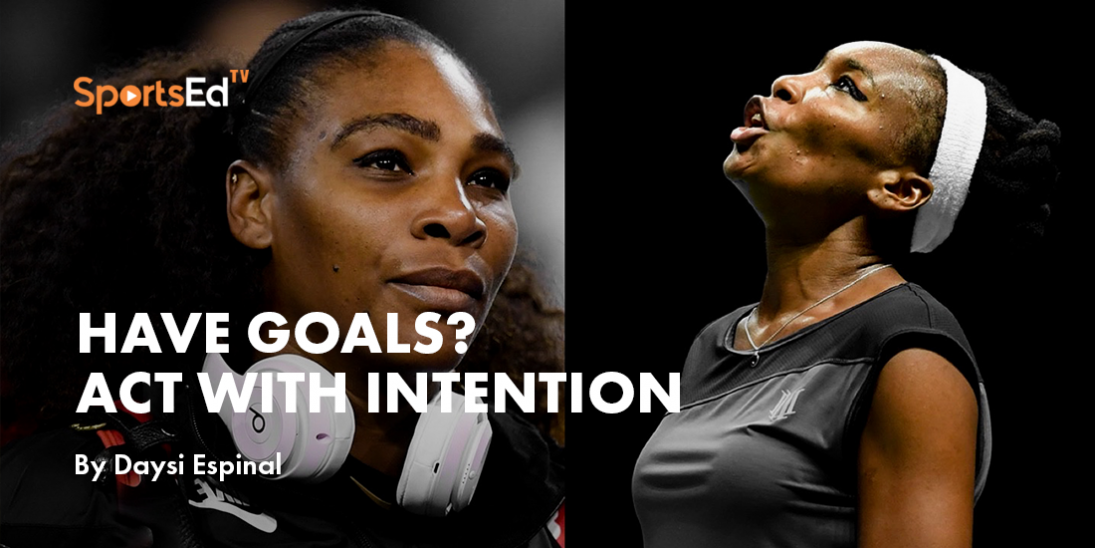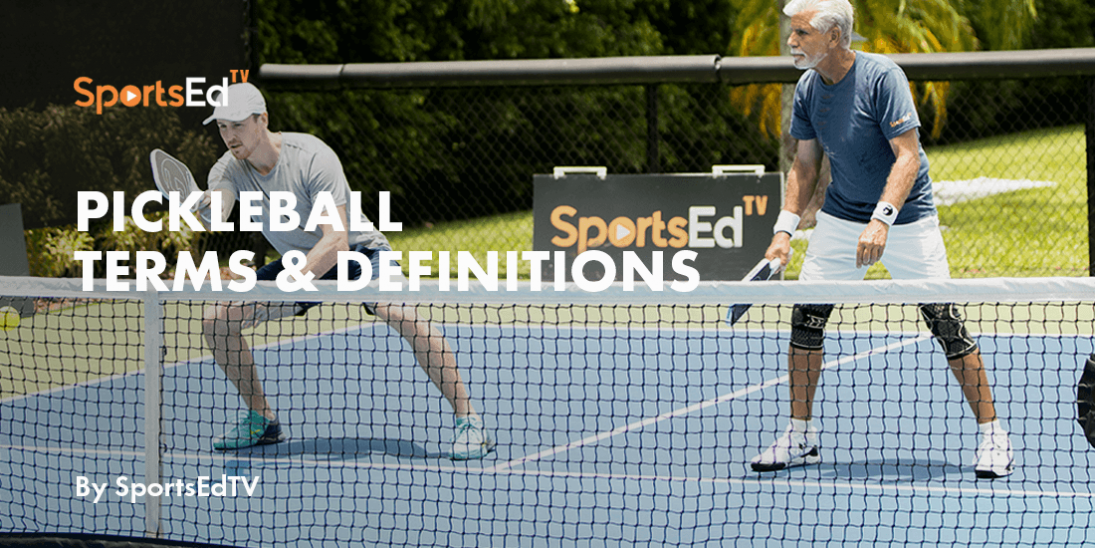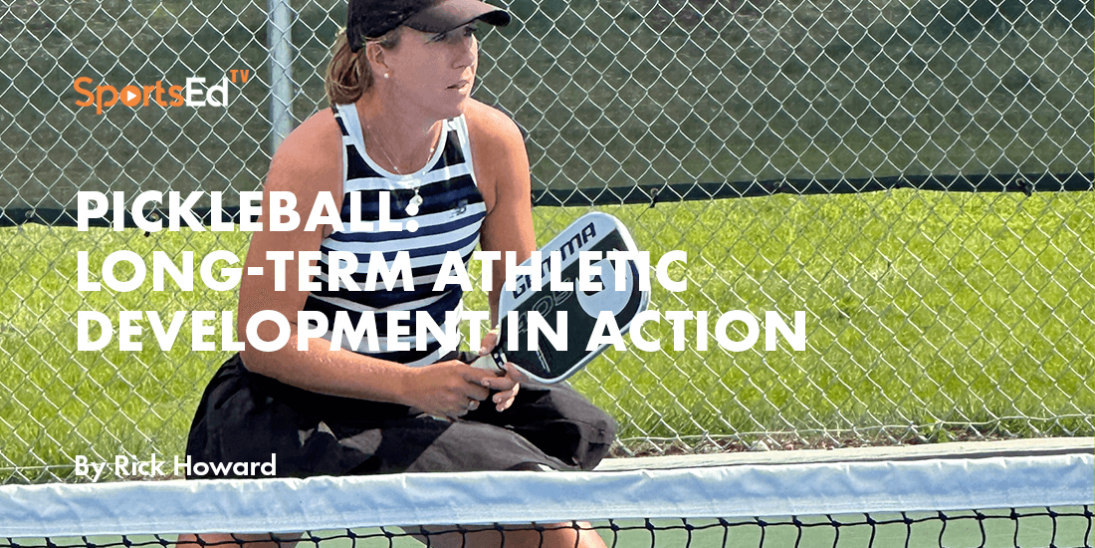Pickleball
Welcome and thanks for visiting...

Pickleball Strategies For Doubles
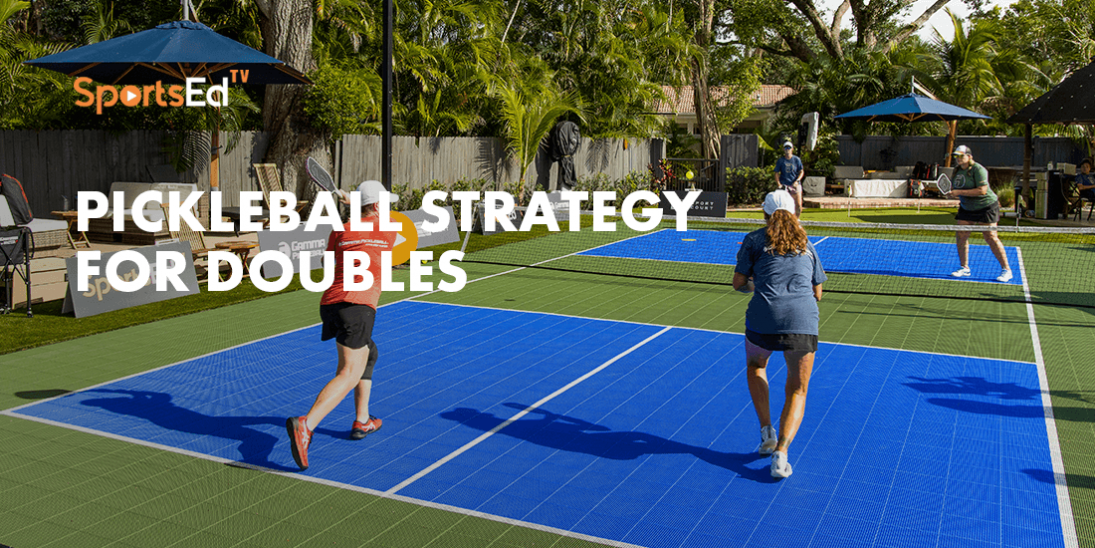
Sports strategy is understanding and planning to achieve the team's goals. The main goal in sports is often to win the match. The strategy is the plan during the match to achieve the win.
Doubles Pickleball Strategy
In pickleball, as well as in many racquet sports, doubles teams are successful when they have a well-defined strategy based on the team's strengths and team's weaknesses. Understanding your role in the team is one of the most important aspects of being able to apply different strategies.
It is an excellent start to identify the team's strengths and weaknesses. This information helps the team determine the best strategy and plan to achieve a goal. At the same time, it also helps to do the same analysis for your opponents' team.
During a doubles match, if you do not have any information about your opponent, your team should take the warmup time and the first game points to identify the opponents' team strengths and weaknesses.
Watching videos is a great way to analyze your game or your opponent's game.
In this blog, we will discuss the importance of having roles on the court when playing doubles and explains the best pickleball strategies for doubles to cover the court and stay in the best position to win matches.
Coach Trey Sizemore states that rather than playing as 2 single players operating independently and simultaneously, use your numbers to your advantage such that 1+1 =3.
Knowing your role (and associated responsibilities), you will remove confusion on the court and no longer have the team guessing, and no longer ask quotations such as:
-
Who takes the lobs?
-
Where do I need to be on the court?
-
Who hits the middle ball?
-
What is the best shot for me to hit to put the team in the best position to stay in the point and ultimately win it?
To answer these questions, let's define the concepts of Blocker and Workhorse in a team. One of the team members will be the Blocker, and the other the Workhorse. Another concept will also be defined and discussed to explain the strategy in doubles.
The concepts of 'Big V' and 'Little V' shot coverage responsibilities for the Blocker and Workhorse roles, as well as why changing direction is often a bad shot for you and why that puts your partner in an indefensible position.
Watch the "DOUBLES STRATEGY - BLOCKING/WORKHORSE DINKING - PART 1,” where coach Trey demonstrates these concepts.
The Blocker/ Workhorse roles are not definitive. Those roles change, and it will be determined by where the ball is on the opponent's side of the court.
The Blocker
The Blocker is the person right across from the opponent that has the ball. The Blocker is responsible for covering the smaller area of responsibility or the little "v."
The little "v" is a 45-degree area right in front of the Blocker. The Blocker is responsible for taking all the balls that come toward the little "v." everything inside the little "v" area is for the blockers to hit.
The Blocker is also the aggressor, the disruptor to make changes, poach, and take the ball away.
The Workhorse
The Workhorse is the person directly across from the ball on the opposite side of the court.
The Workhorse plays slightly behind the Blocker and has the biggest area of responsibility. The Blocker covers the big "V," almost 180 degrees, pretty much everything else on the court.
If anything changes, the ball direction or the Blocker from the opponent's team takes the ball, then roles are changed for your team. Then, the Blocker becomes the Workhorse, the Workhorse becomes the Blocker, and so on.
Understanding the Blocker/Workhorse method and how it helps to remove confusion on the court for you and your partner will effectively enable you to keep you and your partner in the best position to defend 100% of your court.
There are 4 players on the court, all up at the NVZ. Players on the 'near' side dink cross-court then straight ahead, playing 2 against 1.
The Workhorse player hits a ball cross-court wide so the "workhorse on the opponents' team" resets in front of themself.
We want the reset to bounce so the players can move to their new positions. For example, suppose the ball doesn't bounce, and the opponent can hit the 'open' area of the court in the middle. In that case, it is to drive home the point that the Blocker plays slightly ahead of their Workhorse partner and that they are playing 2 against 1 as much as possible so that each knows their role and can respond to the opponents' shots appropriately.
When done correctly, players will see a significant improvement in points:
- Less confusion about whose ball is whose
- Improved confidence about where to hit the ball to maintain roles
- Put their team in the best position to defend 100% of the court
Now let's dive into the one-million-dollar question, who takes the middle ball? And does the Blocker/ Workhorse method work for this situation? The answer is 100% YES!!!!
The Blocker/Workhorse roles also help determine which player should take a middle ball from the opponents and where to hit it. For a detailed explanation, watch this video “DOUBLES STRATEGY - BLOCKING/WORKHORSE DINKING - PART 2.”
The answer to this question is fundamental to understand it because balls hit to the middle of your court by the opponents often cause confusion between partners and cause mistakes that lose points by:
- The 'wrong' player hitting the ball
- No one hits the ball
- The ball is hit to the wrong place in your opponent's court
There are two middle ball options:
- A short or shallow ball that bounces well inside the NVZ
- Deeper ball/lob, deeper NVZ, or the rest of the center of the court
The answer is simple, once you understand the team's roles.
When the Workhorse is rallying cross-court, and the Blocker is pulled out wide, the ball will likely be returned closer to the middle, either short or deep.
The Blocker is responsible for taking the short middle ball and attacking. The Blocker should hit the ball to the player straight in front of them to maintain roles.
Hitting the ball cross-court does not put them in a good position, and the person hitting would become the Workhorse and be responsible for the ball hit back out wide as well as lobs.
The Workhorse is responsible for hitting the deeper middle ball and should hit the ball as a backhand back where it came from to maintain his role.
If the Blocker takes the deeper ball, it's a poach. The best poach shot would be a lob over the opponent Workhorse.
When this strategy is executed correctly, players will see much greater success on the court (specifically at the NVZ). Defending middle balls from their opponents in a way that removes confusion on who should take which ball and where to hit it to ensure they can effectively defend 100% of their court.
Let's discuss using the Workhorse/Blocker method for serving and returning teams.
Watch the "Pickleball Strategy for The Serving Team" lesson. This lesson demonstrates how the Blocker &; Workhorse roles work as the serving team in detail to maintain the Blocker and Workhorse roles and the concept of 'releasing' a player on the serving team to advance up to the NVZ.
Why is Pickleball Double Strategy Important
This strategy is important because we need to convey how Blocker Workhorse is used everywhere on the court and how it helps the serving team achieve the objective of advancing up the NVZ and getting to neutral with the return team.
Watch the "Pickleball Tips for Returning The Team to Maintain Offensive Position." This lesson demonstrates how the returning team utilizes the Blocker &; Workhorse roles.
We continue to stress that you control what role you will play by where you hit the ball to your opponents. For example, if a ball is hit to the middle of your opponent's court, you must wait to see which opponent hits it to determine if you will be the Blocker or Workhorse. This session is important because the return team is the aggressor and is working on getting a side-out so they can have the opportunity to score points.
What is Stacking in Pickleball
Another popular double strategy is stacking, Jeff Raush discusses this important strategy here.
We recommend you watch our "Pickleball Strategy for Doubles: Stacking" video explaining this effective strategy.
Stacking is a doubles strategy some teams use to increase the frequency of having their best shots down the middle. Stacking can be a very effective strategy for doubles, especially when playing with a left-handed and right-handed player on the team or when one player is significantly stronger in the middle with either their forehand or backhand.
The Key focus when staking is determining 1) how 2) why and 3) when to stack
To understand how to stack, when one is left-handed, and one is right-handed, all the better, however not required.
Stacking is often used when you have a right-hand and left-handed player on a team and want to increase the percentage of forehands hit from the middle of the court. This can also be used to confuse the opponents as well by switching things up; however, you need to ensure you don't cause your team confusion as well.
The only rules regarding what side of the court a player may stand on apply to the players serving and receiving, which only applies to those single shots. So the sky is the limit on where your partner can stand. Therefore, we recommend that you stand in a logical, tactical position. Your serving or receiving partner can stand in the middle of the non-volley zone if desired, however that may not be a tactically smart move.
Pickleball Serving
If serving and you have a left-handed player, they would typically start as the first server, so both players have their forehands down the middle. If the left-handed player is serving from the left or even side of the court the right-handed player would normally be to the left of the left-handed player and often outside the court. After the serve, they would both slide to their right so their forehands would again be down the middle of the court.
If the right-handed player is serving from the right or even side of the court, the lefty would normally stand to the right of the right-hander, and both players would slide to their left after the serve so their forehands would be in the middle for the remainder of the rally.
Pickleball Return - Receiving
Some doubles teams only stack when serving straight forward. When receiving, there are a number of options, with the most frequent being where the receiving partner may stand outside the opposite side of the court just behind the non-volley zone line if they want to change their position. For example, if you have a right-handed player receiving in the right or even side of the court, their partner may stand outside the court on the right or even side of the court just behind the non-volley zone line. After the serve the right-handed player may move to the opposite side of the court while their partner moves from outside the court into the court. They then have both of their forehands down the middle.
Some doubles teams cross after one of them receives, which causes more confusion to the serving team as it may be unexpected, whereas if someone stands outside the court and slides in, it is well expected.
The upside of stacking is that it can play to your team's strengths and cause confusion to your opponents, however, the downside is that if you are not confident with stacking, it may cause you confusion as well, and you may end up on the wrong side of the court for the next rally causing loss of points.
Now that the team has a strategy and understands some of these concepts, the team will immediately improve performance as each player understands what is expected. Just remember, the technical part of the game is just as crucial as your tactics and mental. So start practicing all the concepts discussed here, and you will see your game skyrocket.
Stay tuned for more strategy tips from SportsEdTV and our great contributors and coaches.



